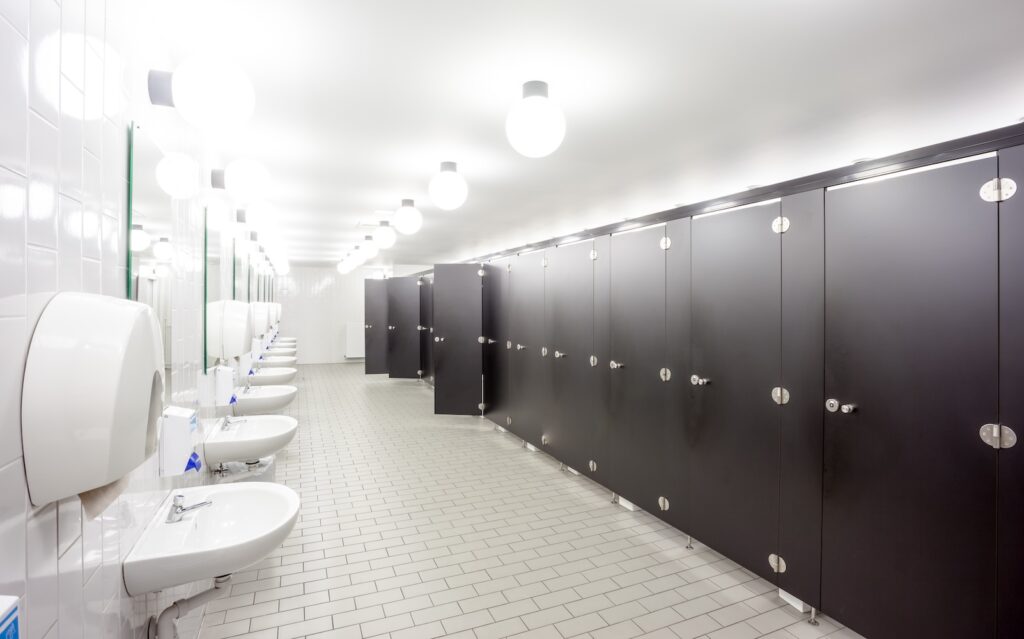University of California system spending big on inclusive bathrooms, but ‘non-binary/trans’ students account for just 1.9% of students
Updated enrollment numbers from the University of California (UC) show self-identified non-binary and transgender students account for 1.9% of the student population system wide.
Most of those,…

Updated enrollment numbers from the University of California (UC) show self-identified non-binary and transgender students account for 1.9% of the student population system wide.
Most of those, three in four, identify as non-binary.
While the numbers have increased dramatically since data collection on gender identity started in 2016, they remain small even as the university system continues costly remodeling of bathrooms to ostensibly accommodate just a few students.
Out of a total student population of 301,879, for example, only 625 students (0.2%) identify as “transgender men.” And 407 students (0.1%) identify as “transgender women.”
Another 4,412 (1.5%), reported as non-binary, meaning they do not identify as one or the other, male or female.
The gay or lesbian population for the university system is reported as 9,715, or 3% of students, while “unknown” gender/sexual identity is listed at 46,085, or 16%.
The UC system is spread over ten campuses, with the largest at Berkeley, Davis, Santa Cruz, Irvine, Los Angeles, Santa Barbara and San Diego.
At the UC Berkeley campus alone, there are more than 130 gender inclusive restrooms completed, with even more locations being surveyed in order to serve a total non-binary/transgender population of just 890 students.
At least 25 of those bathrooms have multiple stalls.
Plus, there are 28 more locations at UC Berkeley surveyed for gender inclusive bathrooms.
The campus also has 10 of what it calls “Menstrual Equity Sites,” which are free menstrual product dispensers installed in 19 men’s rooms across the campus to serve the 88 transgender men.
The total UC Berkeley enrollment is 45,699 students.
The cost for gender inclusive bathrooms is astronomical.
A large school district in Virginia, for example, Loudon County School District, considered a plan that would have reconstructed all district bathrooms to be gender inclusive at a cost of $211.2 million.
The district has a total enrollment of 81,131 students.
The cost will likely be even higher for UC, with more facilities and nearly three times the students. Plus, California law now requires new or remodeled bathrooms to be gender inclusive.



